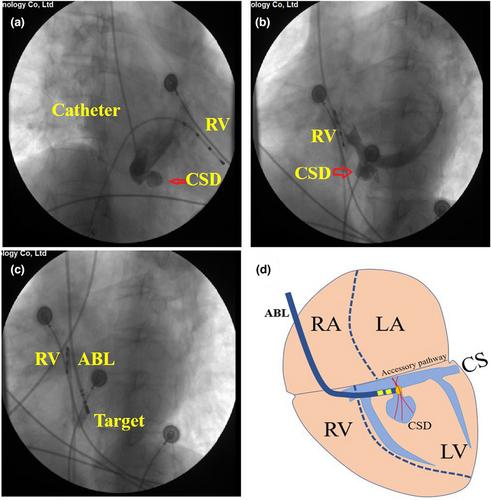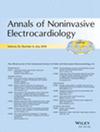Comparison between conventional approach and three-dimensional mapping system in the catheter ablation of accessory pathway associated with coronary sinus diverticulum: A single-center experience
Abstract
Background
Posteroseptal accessory pathways (APs) associated with coronary sinus (CS) diverticulum present a rare and challenge for ablation. This study aimed to compare the safety and efficacy of conventional approach and three-dimensional (3D) mapping system in the catheter ablation.
Methods and Results
This was a retrospective study of all patients (from January 2013 to July 2022) who underwent catheter ablation of posteroseptal AP associated with CS diverticula in our center. Patients who underwent catheter ablation using the traditional fluoroscopy method were included in the conventional method group (n = 13). Patients who underwent catheter ablation using the 3D mapping method were included in the 3D mapping group (n = 11). Clinical characteristics, ablation procedure, and outcomes were recorded and analyzed between the two groups. Out of 669 patients with posteroseptal APs, 24 of them (3.6%) were associated with CS diverticula. All patients in both groups successfully completed the electrophysiological study. In the conventional method group, two patients experienced complications (one patient with pericardial effusion and the other patient with femoral arterial hematoma), and two patients had recurrence. However, no patients suffered from complications or recurrence during follow-up. The procedure time and fluoroscopy time in the conventional method group were significantly longer than those in the 3D mapping method group.
Conclusions
The utilization of 3D mapping led to reduced fluoroscopy time, shorter procedure duration, enhanced acute success rates, and decreased incidence of complications.



 求助内容:
求助内容: 应助结果提醒方式:
应助结果提醒方式:


